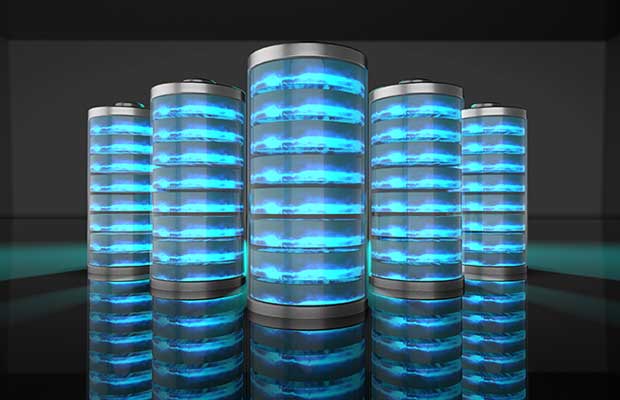Highlights :
- Declining battery prices at 6% CAGR between 2018 to 2030 directing towards a net-zero trajectory.
- India could lead the battery storage market by occupying 35% of total global deployment by 2040.
 Scotland's Largest Standalone Operational Battery Storage Project of 50 MW is Switched On
Scotland's Largest Standalone Operational Battery Storage Project of 50 MW is Switched On According to a report by Gurugram-based research and consulting firm Praxis Global Alliance, Lithium-ion technology will drive growth of stationary storage within Battery Energy Storage Systems (BESS) of India over the next 10 years. The assertion comes even as progress on other battery chemistry’s, be it Sodium ion or even Iron, continues apace.
The report believes that the big advantage for Lithum ion is an expected decline in battery prices at 6% CAGR between 2018 to 2030 directing India towards a net-zero trajectory, is responsible for this growth.
As per the International Energy Agency (IEA), India will lead the battery storage market and contribute 35% of the total global battery deployment for energy storage by 2040. Consequently, India’s stationary energy storage requirement is expected to grow nine times at a CAGR of 22% during the forecast period of FY22-32.
Some key factors that drive this growth of the Indian stationary storage market over the next 10 years are robust solar energy generation targets and the end-user demand for the green energy transition.
A decline in battery prices of both lithium iron phosphate battery (LFP) and lithium, nickel, cobalt, and manganese (NCM) batteries will ensure the growth of the Indian battery energy storage systems market by 2030. LFP and NCM are the two most common lithium-ion battery technologies used and hence provide better cost economics. LFP especially offers possibilities of easier raw materials sourcing, one reason even majors like Tesla are shifting part of their production to these.
The report also suggests that the electricity storage technologies used globally and the application of BESS in both utility-scale and end-consumer models that exist globally for battery storage can be replicated in India as battery prices decline.
The report comes at a time when the Indian government is planning to invite bids for setting up around 4 GWh (4000 MWh) of the grid-scale battery storage systems at regional load dispatch centers (RLDCs). The Minister of Power and New and Renewable Energy, Raj Kumar Singh has said that the large battery storage can strengthen India’s electricity grids through the use of green and clean energy sources like solar and wind.
Also, a few days back, The IEA India Energy Outlook 2021 projected that India could have 140-200 GW of battery storage capacity by 2040 — potentially a third of total battery storage capacity in the world by then. The cost of standalone lithium-ion battery storage systems globally has plummeted in the last decade from USD 1,100/kWh in 2010 to US$137/kWh in 2020, which possibly could be the push behind this growth.






























